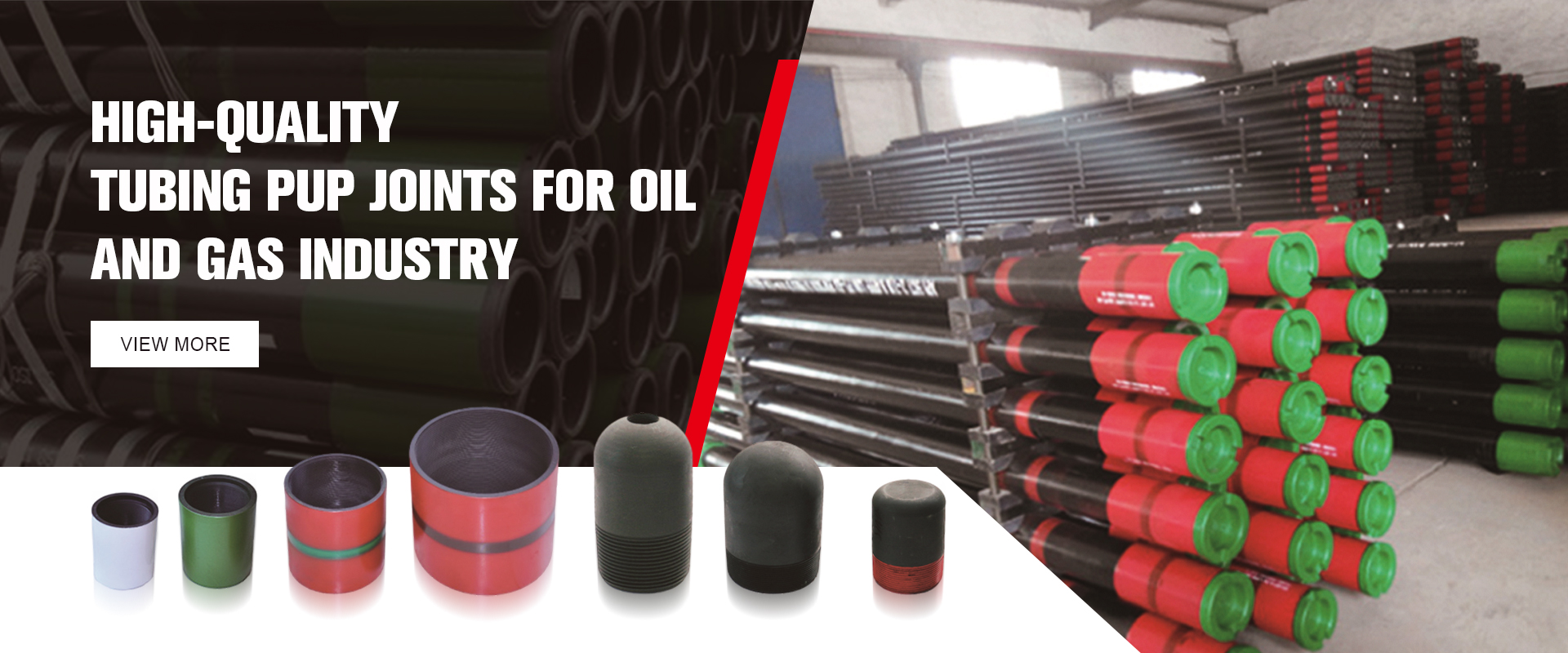- Afrikaans
- Albanian
- Amharic
- Arabic
- Armenian
- Azerbaijani
- Basque
- Belarusian
- Bengali
- Bosnian
- Bulgarian
- Catalan
- Cebuano
- Corsican
- Croatian
- Czech
- Danish
- Dutch
- English
- Esperanto
- Estonian
- Finnish
- French
- Frisian
- Galician
- Georgian
- German
- Greek
- Gujarati
- Haitian Creole
- hausa
- hawaiian
- Hebrew
- Hindi
- Miao
- Hungarian
- Icelandic
- igbo
- Indonesian
- irish
- Italian
- Japanese
- Javanese
- Kannada
- kazakh
- Khmer
- Rwandese
- Korean
- Kurdish
- Kyrgyz
- Lao
- Latin
- Latvian
- Lithuanian
- Luxembourgish
- Macedonian
- Malgashi
- Malay
- Malayalam
- Maltese
- Maori
- Marathi
- Mongolian
- Myanmar
- Nepali
- Norwegian
- Norwegian
- Occitan
- Pashto
- Persian
- Polish
- Portuguese
- Punjabi
- Romanian
- Russian
- Samoan
- Scottish Gaelic
- Serbian
- Sesotho
- Shona
- Sindhi
- Sinhala
- Slovak
- Slovenian
- Somali
- Spanish
- Sundanese
- Swahili
- Swedish
- Tagalog
- Tajik
- Tamil
- Tatar
- Telugu
- Thai
- Turkish
- Turkmen
- Ukrainian
- Urdu
- Uighur
- Uzbek
- Vietnamese
- Welsh
- Bantu
- Yiddish
- Yoruba
- Zulu
stainless pipe coupling
Understanding Stainless Steel Pipe Couplings A Key Component in Piping Systems
Stainless steel pipe couplings are essential fittings used to connect two sections of piping in various applications, ranging from construction to industrial processes. These couplings serve a critical role in ensuring the integrity and functionality of piping systems, allowing for the efficient transportation of fluids and gases.
What is a Stainless Steel Pipe Coupling?
A stainless steel pipe coupling is a mechanical device that joins two pipes, typically made of stainless steel, allowing them to function as a single continuous system. Couplings come in various shapes and sizes, including straight, threaded, and welded designs, each tailored for specific requirements. The choice of coupling often depends on the diameter of the pipes, the pressure of the contents being transported, and the installation environment.
Benefits of Stainless Steel Pipe Couplings
One of the primary advantages of using stainless steel for pipe couplings is its corrosion resistance. Stainless steel is an alloy that contains chromium, which forms a protective layer on the surface of the metal, preventing rust and degradation when exposed to moisture and harsh chemicals. This property makes stainless steel couplings particularly suitable for marine, chemical processing, and food and beverage applications, where exposure to corrosive substances is common.
Additionally, stainless steel couplings exhibit excellent strength and durability. They can withstand high temperatures and pressures, making them a reliable choice for industries that require robust piping systems. Furthermore, stainless steel is less prone to wear and tear compared to other materials, offering a longer service life and reducing the frequency of replacement.
Types of Stainless Steel Pipe Couplings
There are several types of stainless steel pipe couplings, each designed for specific applications
stainless pipe coupling

1. Standard Couplings These are the most common type and are used to connect two pipes of the same diameter.
2. Reducing Couplings Used to join pipes of different diameters, reducing couplings facilitate transitions in piping systems and are crucial in adapting to various flow requirements.
3. Threaded Couplings These feature internal threads that allow for easy attachment to pipes with corresponding external threads. They are ideal for applications requiring disassembly and reassembly.
4. Welded Couplings For permanent connections, welded couplings provide a strong bond between two pipes, minimizing the risk of leaks and enhancing structural integrity.
5. Compression Couplings These are used to connect pipes without welding or threading, making installation simpler and quicker.
Applications of Stainless Steel Pipe Couplings
Stainless steel pipe couplings are widely utilized across various sectors. In the oil and gas industry, they help transport hydrocarbons safely and efficiently. In construction, they are used in plumbing and heating systems, while the food and beverage industry employs them for sanitary applications where cleanliness and safety are paramount. Additionally, they play a crucial role in wastewater management systems, ensuring leaks and spills are minimized.
Conclusion
Stainless steel pipe couplings are a vital component in the infrastructure of many industries. Their corrosion resistance, durability, and versatility make them ideal for a wide range of applications. Whether in a complex industrial setup or a simple plumbing system, understanding the importance and function of these couplings ensures that professionals can select the right solutions for their specific needs, ultimately enhancing the efficiency and reliability of their piping systems.
-
Tubing Pup Joints: Essential Components for Oil and Gas OperationsNewsJul.10,2025
-
Pup Joints: Essential Components for Reliable Drilling OperationsNewsJul.10,2025
-
Pipe Couplings: Connecting Your World EfficientlyNewsJul.10,2025
-
Mastering Oilfield Operations with Quality Tubing and CasingNewsJul.10,2025
-
High-Quality Casing Couplings for Every NeedNewsJul.10,2025
-
Boost Your Drilling Efficiency with Premium Crossover Tools & Seating NipplesNewsJul.10,2025







